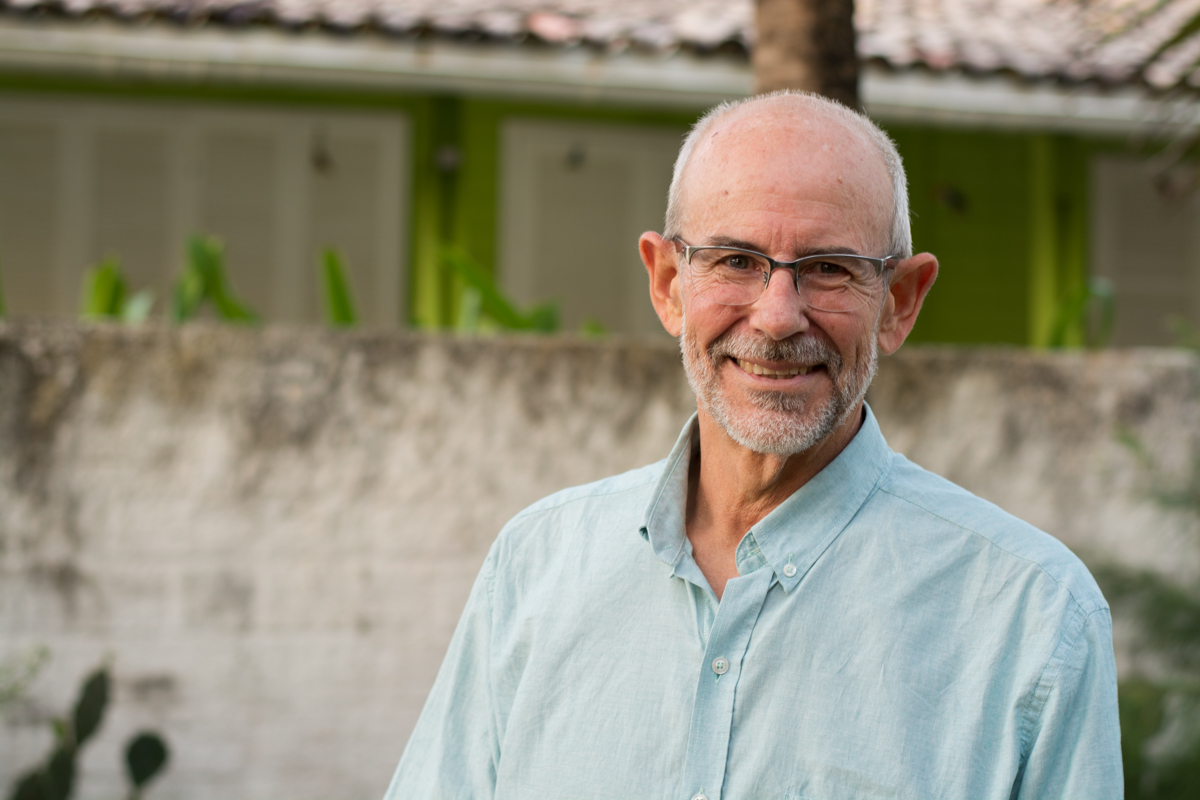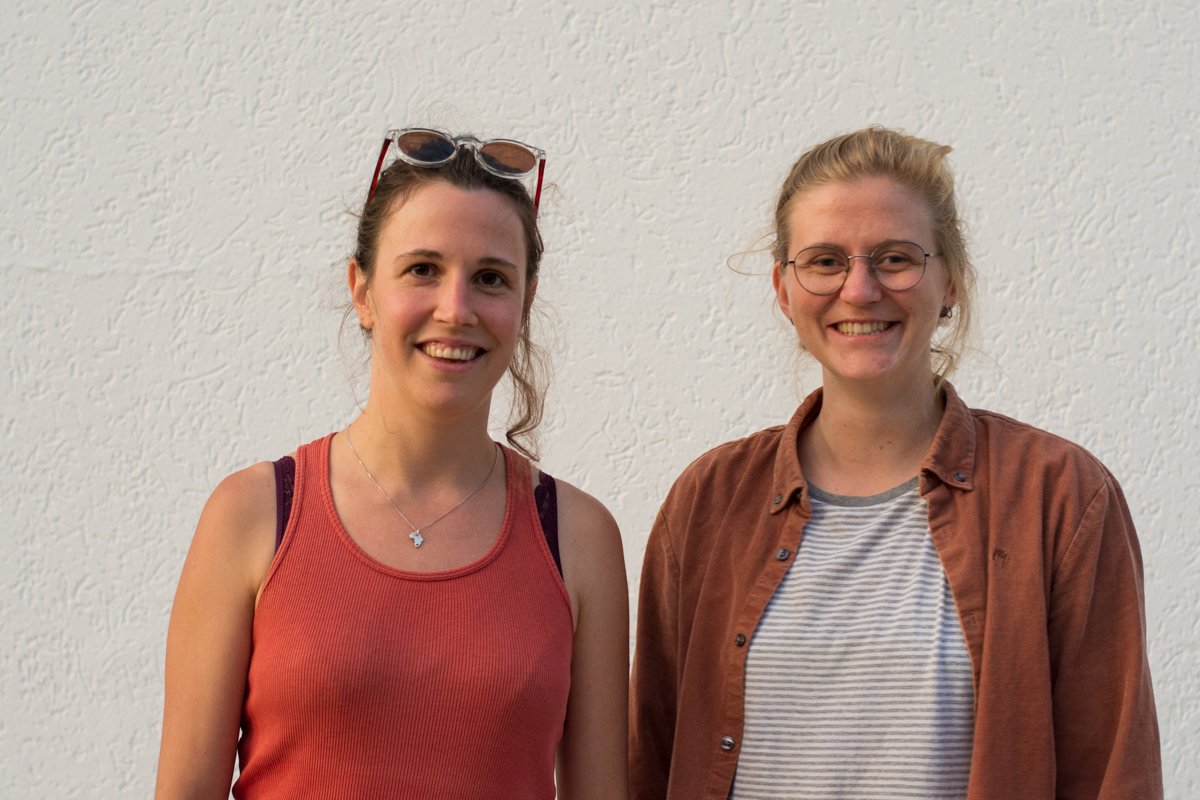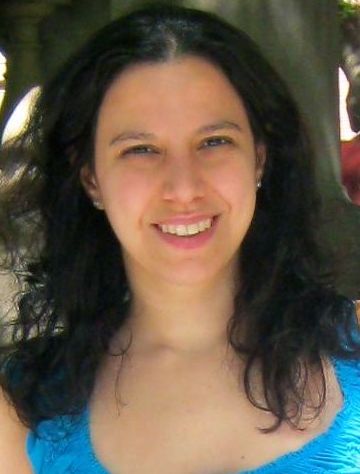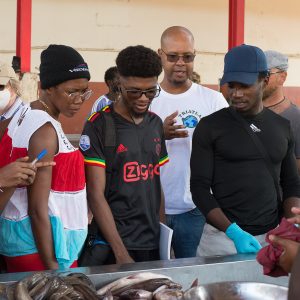ICTP/CLIVAR Summer School on Marine Heatwaves: Global phenomena with regional impacts
Date: 24–29 July 2023.
Find more information here.

ICTP/CLIVAR Summer School on Marine Heatwaves: Global phenomena with regional impacts
Date: 24–29 July 2023.
Find more information here.
The Cross-Atlantic Network of Excellence in Marine Science (CANEMS) is a program initiated by TRIATLAS Project to support capacity strengthening across the Atlantic. CANEMS has an open call for mini-grants to help consolidate research and training efforts in the final phase of the project.
Who can apply?
All Early Career Researchers (ERCs)* working under the TRIATLAS Project, performing any of the project tasks, therefore, contributing to its deliverables and milestones are welcome to apply.
*All masters degree and PhD students, and post-doctoral fellows regardless of their age are considered ERCs in the TRIATLAS Project.
What can be supported?
How much funding is available?
Funding for mini-grants is limited, and individual grants are not expected to exceed 5000 Euro. EU’s financial eligibility rules apply!
How to apply?
Applications should be brief and not exceed the word limits given in the application form:
https://skjemaker.app.uib.no/view.php?id=14351915
Following information must be provided:
The application deadline is March 15th. Applications after this deadline may be considered if funding is available.
How will applications be evaluated?
CANEMS and TRIATLAS management will review all applications and rank them according to the relevance to CANEMS goals, TRIATLAS objectives, and feasibility.
All applicants will receive an acknowledgement email once they submit their application, however, only those who are granted CANEMS funds will be contacted again.
Feel free to send an email to nilgun.kulan@uib.no with the subject line “CANEMS mini-grants” should you have any questions.
A network for young climate scientists brings together disciplines and nationalities from all around the Atlantic Ocean.
“The new researchers can understand not only what happens in their own backyard, but also what happens on the other side of the Atlantic,” says José Muelbert.
Muelbert, a professor at Universidade Federal do Rio Grande, is one of the researchers in TRIATLAS, an international and multi-disciplinary research project on climate and ecosystem predictions in the Tropical and South Atlantic.
He is also the leader of The Cross-Atlantic Network of Excellence in Marine Science (CANEMS), a network for young researchers, organized through TRIATLAS.

The CANEMS network combines summer schools, student exchange programs, sea-going training and academic teaching in a highly interdisciplinary context.
José Muelbert emphasizes the importance of bringing together young researchers from West Africa, South America and Europe so they can understand the physical processes that occur in different regions. These processes interact to produce fish stocks that are relevant for the Atlantic community as a whole.
Oceanographers Mareike Körner from GEOMAR and Marie-Lou Bachèlery from the Bjerknes Centre for Climate Research and the University of Bergen met at a CANEMS summer school near Recife in Brazil in October 2022. The summer school was organized by the TRIATLAS and TAPIOCA projects together with Universidade Federal de Pernambuco.
Young researchers with backgrounds from physical or biological oceanography, some working with observations and others with models, spent a week together learning about each others’ fields.

“So much of the world is covered by water, and a lot of people and countries rely on the ocean ecosystem as a food source. Just studying the ocean from a purely physical point of view would not make sense”, says Mareike Körner, who uses observations from the upwelling system off the coast of Angola in her research.
Marie Lou Bachèlery agrees. Like Körner she is a physical oceanographer, though a modeler.
“We have this idea sometimes that everything is going to be linear from physics to fish”, she says. “It is actually much more complex than that. This is something that I got when I started having contact with biologists.”
The summer school made them realize they had common interests.
“We might continue to work together”, Marie-Lou Bachèlery says.
Learn more about the summer school in the video below.
This article was republished by Science Norway.
A hybrid event at the European Parliament Thursday 2nd March will look into findings of the iAtlantic project, concerned with understanding the factors that control the distribution, stability and vulnerability of ecosystems in the Atlantic Ocean.
TRIATLAS coordinator Prof. Noel Keenlyside will participate in a panel discussion.
More information at:
An international effort enhances knowledge of currents and ecosystems in a data-sparse region of the global ocean.
To extend a network of observations in the South Atlantic Ocean, two new scientific, full-depth, instrumented moorings have been deployed off the eastern coast of South America. These tall moorings will measure variations in the Atlantic circulation – a system of ocean currents affecting life in the ocean as well as the weather and economy of coastal nations.
The Atlantic Meridional Overturning Circulation (AMOC), consisting of an upper-ocean northward flow compensated by a southward deep-ocean flow, is a main engine of the Earth’s climate system. This upper AMOC cell is connected to deep-water formation and sinking in the subpolar North Atlantic and upwelling in the Southern Ocean. Beneath the upper cell is a weaker abyssal cell, sourced by the sinking of dense water near Antarctica.
With global warming the system is thought to become weaker. As well as such long-term circulation changes, natural variations on shorter timescales occur. These may be due to reductions of sinking water in the north, but also to changes in the water mass exchange in the south.

“The South Atlantic is particularly important,” says Peter Brandt, professor at the GEOMAR Helmholtz Centre for Ocean Research.
“Changes in the AMOC that result from water mass exchanges between the Atlantic and the Indian and Pacific oceans, can best be detected in the south, and then compared to changes originating in the well-observed North Atlantic,” he explains.

“The South Atlantic is the only ocean basin with a net equatorward heat transport, and where freshwater transports may be key to AMOC stability. It is also the basin where the upper and abyssal overturning cells of the AMOC are both important,” adds María Paz Chidichimo, leader of the research involving the new tall moorings.
Chidichimo is a researcher at the Argentine Scientific Research Council (CONICET), the Hydrographic Service and the French-Argentine Institute for Climate Studies, CNRS/IRD/CONICET UBA UMI 3351 IFAECI, in Buenos Aires.

The new moorings contribute to an existing measurement array along 34.5 degrees south on both sides of the Atlantic Ocean, termed South Atlantic MOC Basin-wide array (SAMBA). The SAMBA array is a component of the multi-national South Atlantic Meridional Overturning Circulation (SAMOC) Initiative, established in 2007 to measure ocean currents and the transport of heat and salt at key locations in the South Atlantic Ocean.
While existing measurements in the southwestern Atlantic are to a large extent performed using echosounders situated on the sea floor, the new moorings will directly measure seawater properties throughout the water column, from the seafloor up to the surface.
“We are proud to contribute to the long-term efforts to maintain and develop the global observing system,” says Peter Brandt.
He emphasizes that the goal is to measure changes in climate through the coming decades, not only within the timeframes of a single research project.
The moorings were deployed by the EU Horizon 2020 sister projects iAtlantic and TRIATLAS, contributing to the fulfillment of the Belem Statement – a joint declaration on Atlantic research between the European Union, Brazil and South Africa – as well as bilateral agreements between the European Union and Argentina, and with other countries.

The South Atlantic has received far less observational effort than the North Atlantic during recent decades. The lack of sufficient physical oceanography information near the coasts also limits our understanding of marine ecosystems.
María Paz Chidichimo emphasizes the need to enhance oxygen measurements in tandem with physical measurements to better track water masses and evaluate changes relevant to ecosystems in the South Atlantic.
“Continuous full-depth observations are critical to detect and understand combined variations of ocean currents and physical and biogeochemical water mass properties associated with climate change,” she says.
She hopes the new moorings will shed light on the impacts of western boundary currents and the AMOC on regional weather, climate, ocean extreme events and sea level, as well as on the content of heat, salt and oxygen in the water. These properties influence ecosystems, marine resources and ocean health.
“The new observations will improve the capacity to model some of the changes and improve predictive tools in a region where full-depth continuous in situ observations are sparse,” says María Paz Chidichimo.

iAtlantic is a multidisciplinary research program seeking to assess the health of deep-sea and open-ocean ecosystems across the Atlantic Ocean.
The project is financed by the EU Horizon 2020.
Coordinator: Prof. Murray Roberts, The University of Edinburgh
Deputy coordinator: Colin Devey, GEOMAR
Tropical and South Atlantic Climate-Based Marine Ecosystem Prediction for Sustainable Management
Research project financed by the EU Horizon 2020, lasting until November 2023
Coordinator: Prof. Noel Keenlyside, UiB and the Bjerknes Centre for Climate Research
Co-lead: Dr. Heino Fock, Thünen Institute
The South Atlantic Meridional Overturning Circulation (SAMOC) Initiative is a group dedicated to advancing our understanding of the role of the South Atlantic Ocean in the meridional overturning system and the establishment of an observing system to capture key components of the circulation.
SAMOC/SAMBA contacts for the work described:
Dr. María Paz Chidichimo
Prof. Peter Brandt
The South Atlantic MOC Basin-wide array (SAMBA) array at 34.5°S in the Southwest South Atlantic is funded by: SAM project (NOAA-AOML/NOAA-GOMO, USA); Consejo Nacional de Investigaciones Científicas y Técnicas (CONICET) and Servicio de Hidrografía Naval (SHN) (Argentina); SAMBAR project (Oceanographic Institute of the University of São Paulo, Brazil); GEOMAR Helmholtz Centre for Ocean Research Kiel (Germany), iAtlantic and TRIATLAS.
https://www.aoml.noaa.gov/phod/SAMOC_international/index.php
In 2023, TRIATLAS scientists continued their commitment to capacity development in the WASCAL program, Mindelo, Cape Verde. Here, Perikles da Silva from IMAR introduces WASCAL students into fisheries data collection at the Mindelo fish market as part of the program “Fisheries ecology and Climate Change”. Further TRIATLAS scientists dedicated to this program are Gael Alory and Heino Fock.

The ESA Ocean Science Cluster is an emerging concept whose objective is to promote collaborative research among the different projects and scientific activities ESA has been investing in the recent years. Read more about the tender here.
Trevor Platt Science Foundation and partners are organising a scientific symposium preceded by a training course to carry forward Trevor’s legacy in ocean research and international collaboration.
AtlantECO, Mission Atlantic and AANChOR are co-organising a science to policy debate in the framework of the TARA Microbiomes flagship mission, which will dock in Portugal on October 3rd, 2022.
The event will be held in Lisbon and streamed online, on the 3rd of October at 14:00 Lisbon time.
More information here.